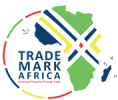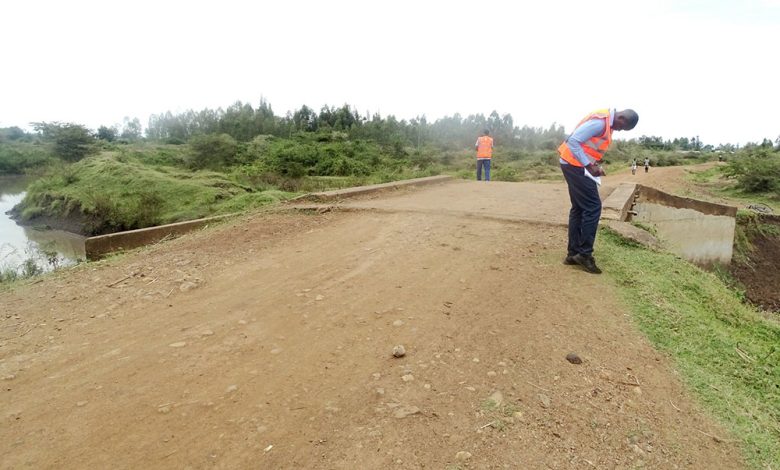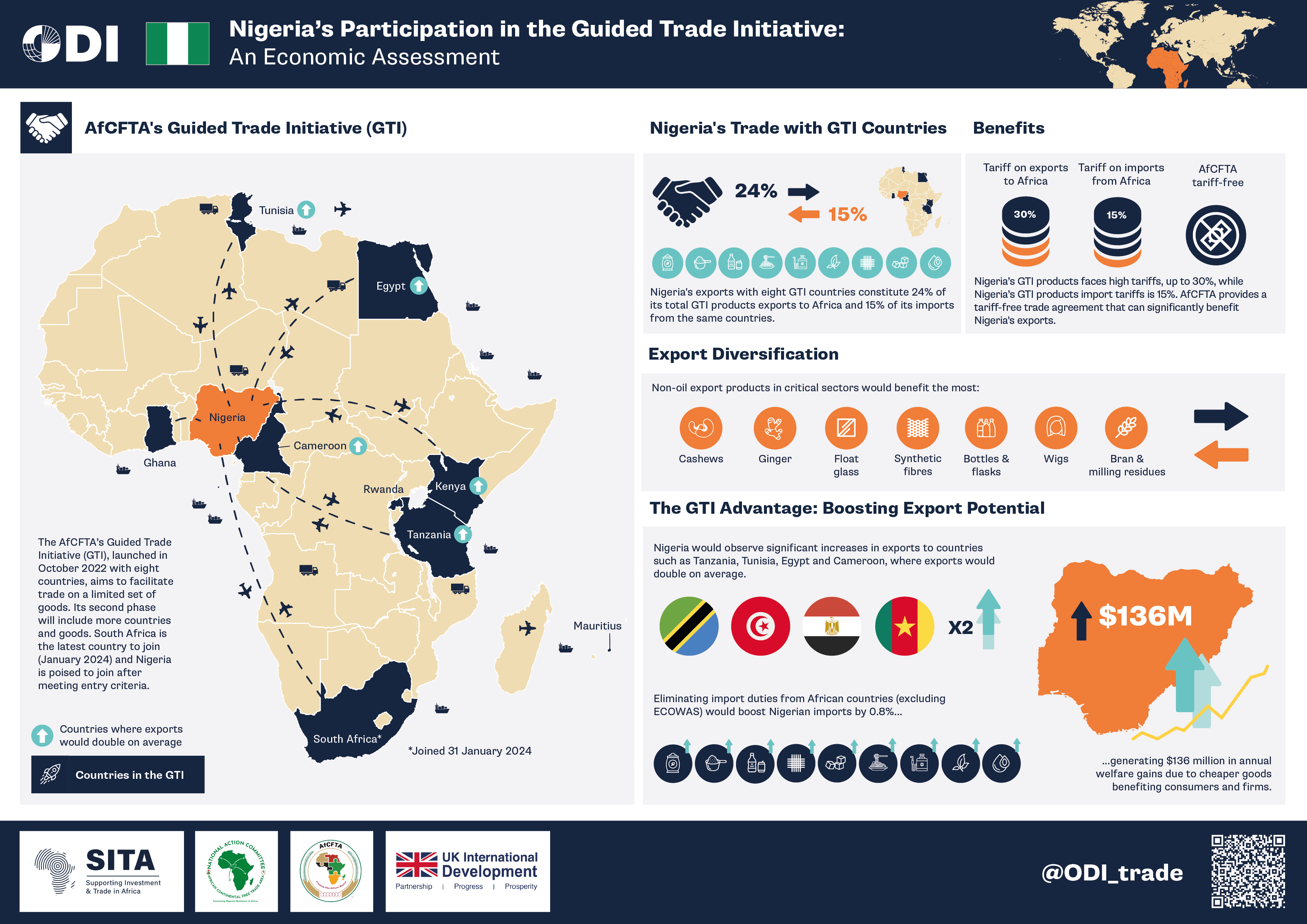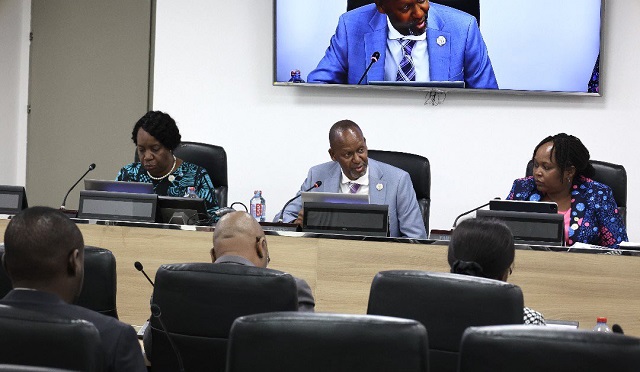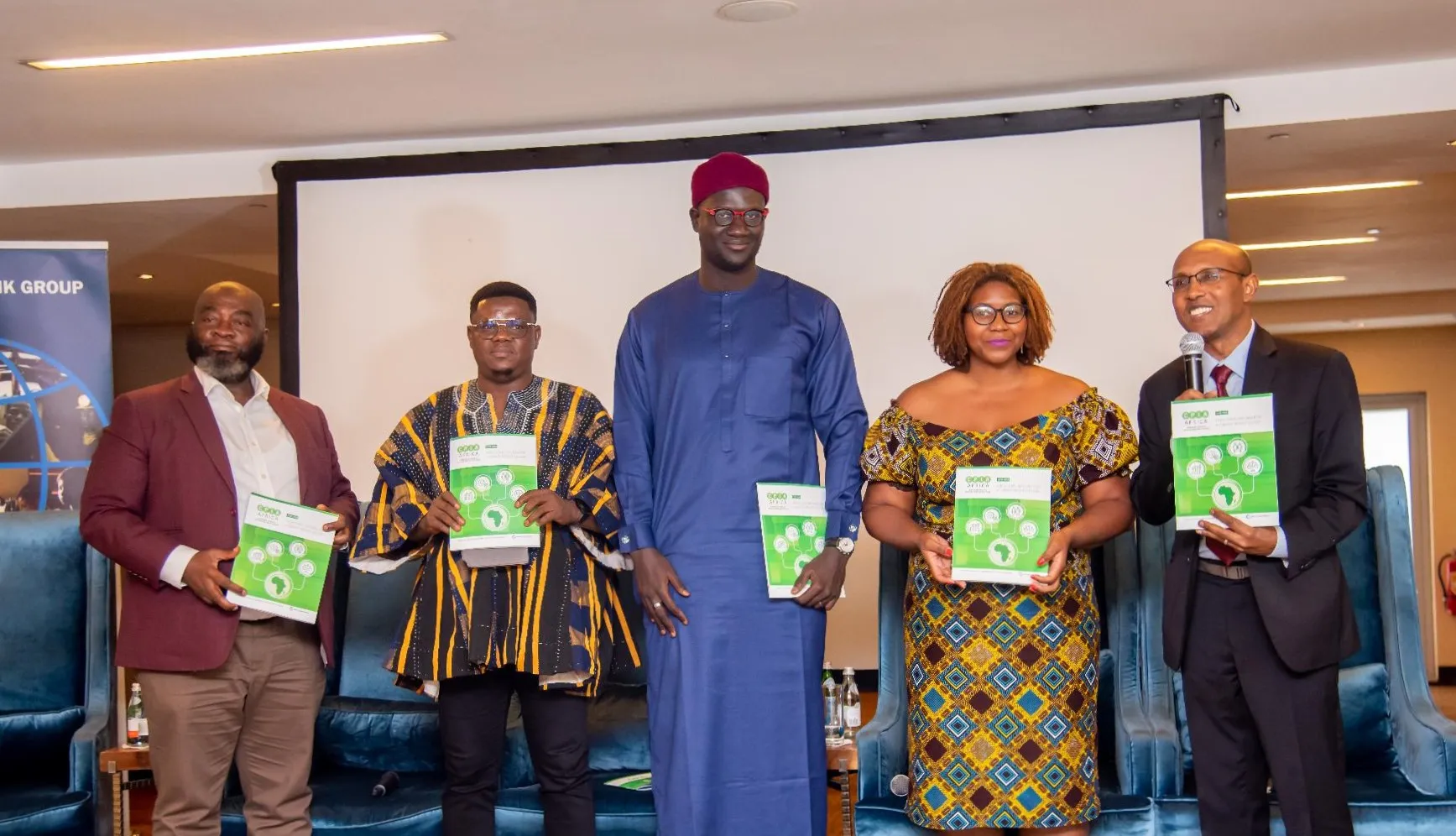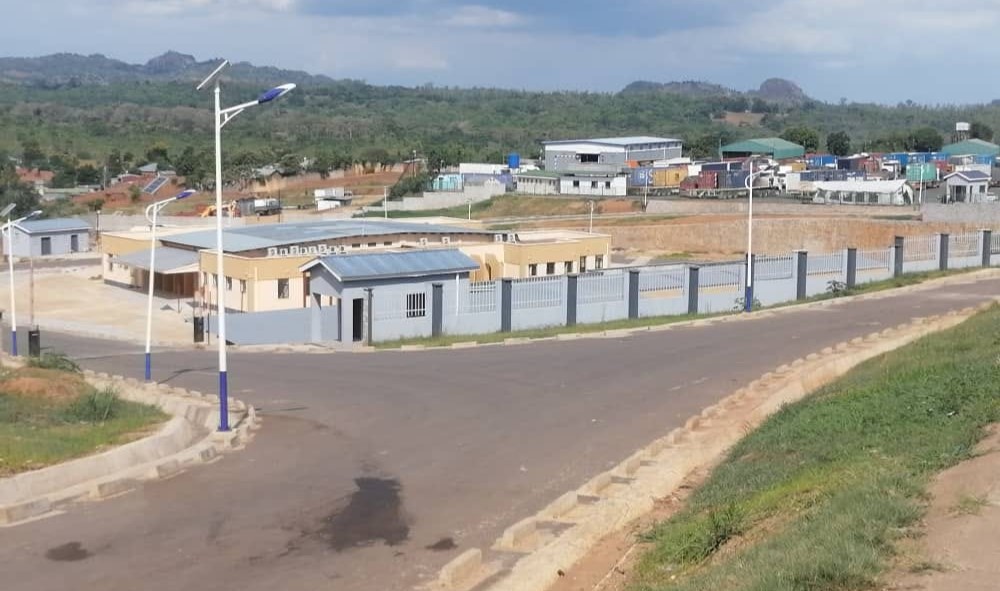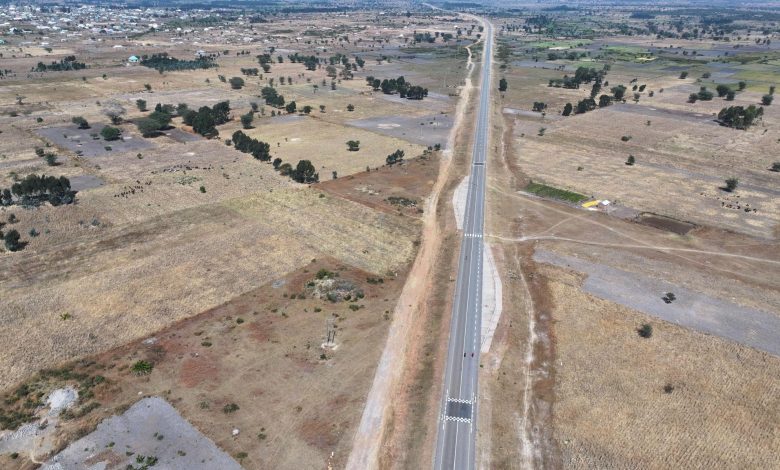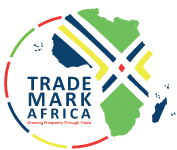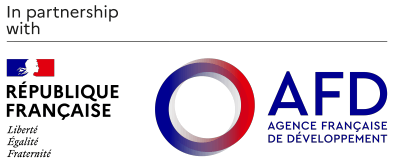ARUSHA: THE East African Community (EAC) together with the Republics of Kenya and Uganda are in the process of upgrading the Lwakhakha border post on the border between the two Partner States into a One-Stop Border Post (OSBP) as part of efforts to reduce congestion at the Busia and Malaba OSBPs. The transformation of the Lwakhakha border into an OSBP seeks to streamline customs procedures, reduce clearance times for goods and vehicles and enhance collaboration between border agencies from both Kenya and Uganda. The upgrade is expected to reduce the traffic from Malaba and Busia OSBPs, boost trade along the northern corridor and improve cross-border security. The initiative is a testament to the commitment of the EAC in fostering and promoting cross-border cooperation between the two countries. By implementing the OSBP concept at the Lwakhakha border. The two countries are set to create a more conducive environment for trade and commerce, ultimately benefiting businesses and communities on both sides of the border. ALSO READ: Is East Africa’s currency dream on hold? Speaking during a site visit to review the status of the ongoing feasibility study of the multinational Kisumu-Kisian-Busia/Kakira-Malaba-Busitema-Busia Expressway, on behalf of the EAC Deputy Secretary General in charge of Infrastructure, Productive, Social and Political Sectors, Aguer Ariik Malueth, Eng Godfrey Enzama, the Principal Civil Engineer at the EAC Secretariat, said that upgrading the Lwakhakha border post into an OSBP is part of the 256km feasibility study of project funded by the African Development Bank (AfDB). Eng Enzama, who represented EAC...
EAC out to decongest Busia, Malaba border posts
Posted on: July 26, 2024
Posted on: July 26, 2024
